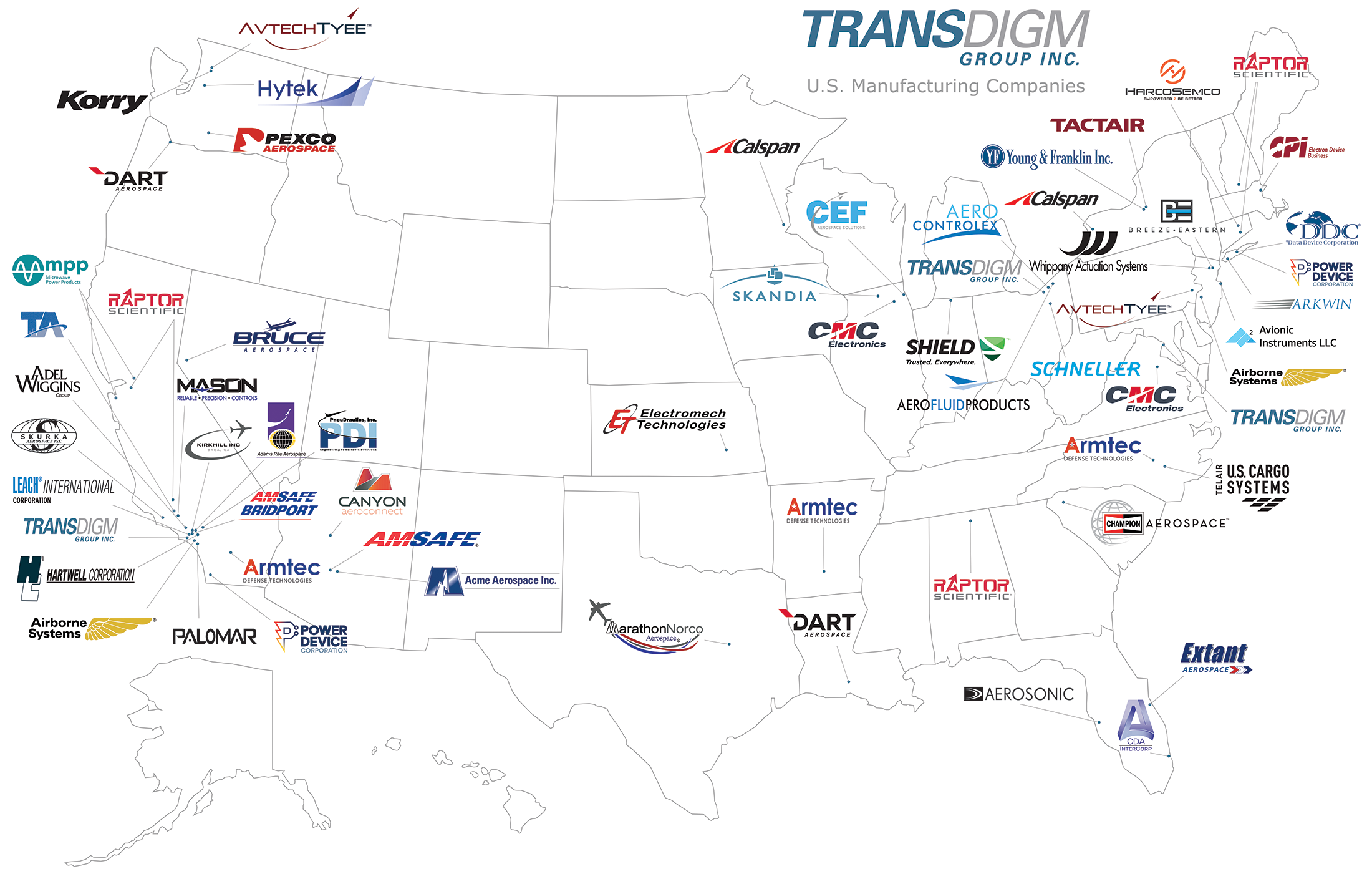Highly Paid US Jobs
US Manufacturing Facilities
Average Global Commercial Sales
Average Global Defense Sales



“The FAR identifies profit percentages for three contract types, none of which were in our sample….We are not stating that 15 percent should be used as a benchmark when negotiating firm-fixed-price contracts; rather, this is the percentage we decided to use for the purposes of our audit analysis. In addition, this should not be interpreted to mean that any special profit ceiling applies solely to TransDigm contracts.”
~ DoD IG Report
“Our exclusion [of costs] should, in no way, be interpreted to mean that, in all instances, offerors are or should be precluded from including interest and taxes in price calculations for fixed-price contracts.”
~ DoD IG Report
“We used the percentage of cost calculation, where profit is divided by cost to make the part, to calculate the profit percentages to stay consistent with the February 2019 report. Another calculation that could be used would be the percentage of revenue calculation, where profit is divided by selling price. Using the percentage of revenue calculation, the percentages of excess profit would range from 2.4 to 97.1.”[Versus the “2.8 percent to 3850.6 percent” used]
~ DoD IG Report




